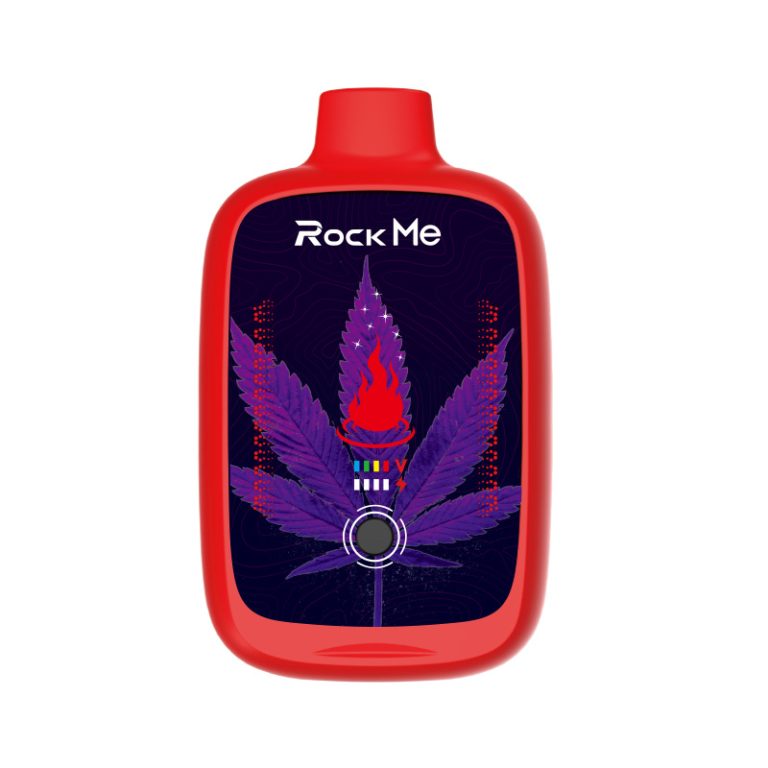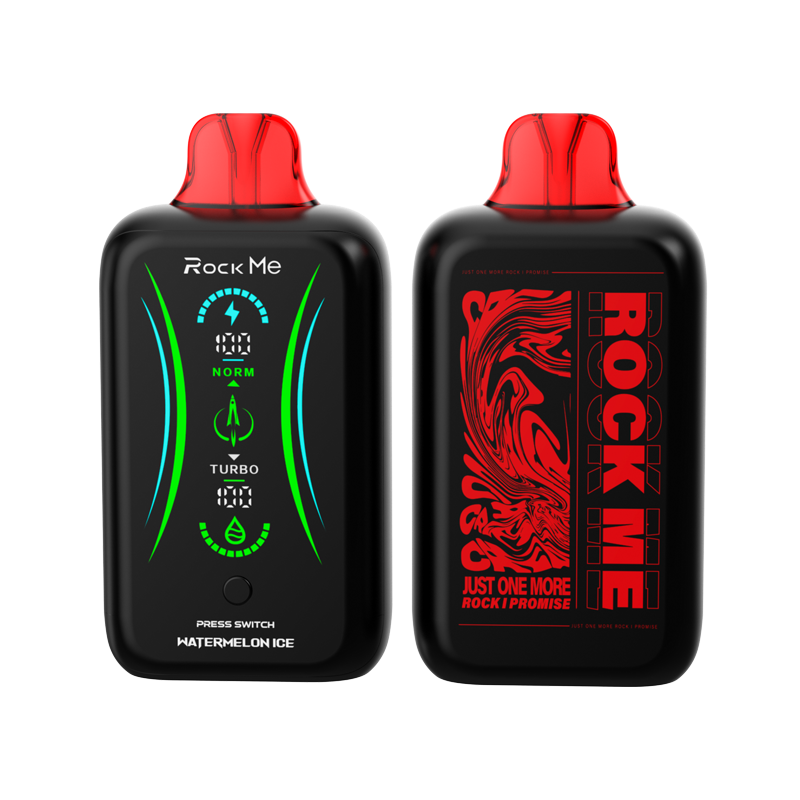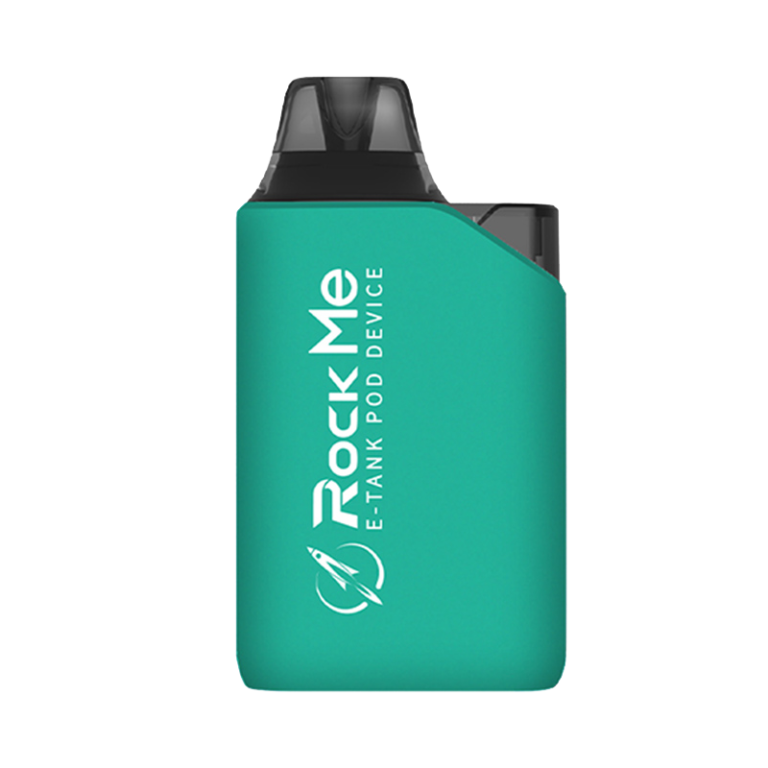Secondhand exposure from both tobacco smoke and electronic-cigarette vapor exposure poses major health concerns; each has risks that vary significantly; this article compares them in terms of potential health impacts, chemical composition and protective measures to protect bystanders against secondary exposure.

Chemical Composition of Cigarettes
Cigarette smoke contains over 7,000 chemicals, such as harmful toxins like tar, carbon monoxide and nicotine; among these chemicals are 70 known carcinogens that contribute significantly to lung cancer, respiratory diseases and cardiovascular issues in both smokers and nonsmokers alike. Furthermore, combustion–burning tobacco and paper to produce harmful byproducts–can affect everyone exposed, even secondhand smoke can have serious health implications for second-hand smokers.
Secondhand vapor from electronic cigarettes or vapes (commonly referred to as vapes) is produced by heating liquid (called an “e-juice”) rather than burning tobacco, producing secondhand vapor with significantly fewer toxic substances released into the environment due to combustion than traditional cigarettes containing propylene glycol, glycerin, flavorings and nicotine content; though no combustion takes place so far reducing emissions into our environment and leaving behind harmful elements like heavy metals (nickel and tin), formaldehyde or volatile organic compounds (VOCs). Studies on vaping has found far fewer harmful components when compared with traditional smoking tobacco smoke but may still contain harmful elements including heavy metals (nickel and tin), formaldehyde or volatile organic compounds (VOCs).
Vaping’s lower levels of toxic chemicals compared to smoking have made many perceive vaping as a safer alternative, although long-term studies on exposure remain uncertain due to vaping’s relative infancy and limited long-term studies available at present.
Health Risks of Secondhand Smoke
One of the primary dangers associated with secondhand smoke exposure for nonsmokers – particularly children – is its link to diseases in nonsmokers (nonsmokers being defined here as nonsmokers who do not smoke themselves) such as lung cancer, heart disease, respiratory infections and asthma; exposure can even increase your chances of sudden infant death syndrome (SIDS), ear infections or developmental problems in your offspring; The Centers for Disease Control and Prevention warn that there is no safe level of secondhand smoke exposure exposure either way;
Secondhand vape smoke may seem less risky than smoke cigarettes, yet that doesn’t make it risk-free. Nicotine exposure remains one of the primary worries regarding secondhand vaping; even though its nicotine levels tend to be lower than smoking cigarettes, passive inhalation of secondhand vapor still poses risks, especially to vulnerable groups like pregnant women and children who may still experience its harmful effects; long-term nicotine exposure could even increase cardiovascular issues in long-term users and heavy metals and VOCs in secondhand vapor raise further concerns related to lung health compared to smoking cigarettes – although these effects have yet to be conclusively proven as conclusively as reported with regard to long term health effects on health effects of secondhand vaping cigarettes when inhaled second hand second hand than with second hand smoke does when inhaled second hand from second hand vaping second hand is much safer when in comparison.
Scientific Studies and Regulatory Approaches
Secondhand smoking has long been recognized as a public health risk; numerous countries have instituted smoking bans in public spaces, indoor spaces and workplaces to limit individual exposure. Notably, World Health Organization (WHO) has long advocated against secondhand smoke due to its link to cancer and heart disease.
Conversely, secondhand vapor research is still relatively young; much remains to be learned about its risks and benefits. Current evidence indicates fewer risks compared with tobacco smoke but as there have been no long-term studies undertaken experts urge caution and have implemented regulations restricting vaping within enclosed public spaces as an interim precaution until more is known about potential long-term impacts of secondhand vaping use.
One major risk associated with secondhand smoke and vapor exposure, in both its form as secondhand smoke or as vapair, is its effect on vulnerable populations such as children, pregnant women and people living with preexisting health conditions. Exposure increases children’s risks of asthma attacks and pneumonia infections while preterm birth rates also rise significantly for mothers exposed to secondhand smoking during their gestation period due to complications caused by secondhand exposure; complications for pregnant women including low birth weight birth are more likely.
Secondhand vapor may not pose as many health hazards to children’s developing brains and pregnant women’s health than smoking does, yet nicotine consumption still impacts unborn babies by leading to cognitive and developmental problems during gestation. Furthermore, secondhand vapor may trigger symptoms in those suffering from respiratory conditions like asthma or COPD while being generally less irritating than smoking itself.
Conclusion: An Objective Analysis on Health Risks
Although secondhand vapor is generally perceived to be less hazardous than smoking cigarettes, it still poses risks that must be managed responsibly in enclosed spaces and when around vulnerable groups like nonsmokers, children, or pregnant women. For this reason it should be used with extreme care near nonsmokers, children, and pregnant women to minimize harm from unintended secondhand exposures to environmental toxins like tobacco smoke and vape use.
Overall, it is best to avoid exposure to both secondhand smoke and vape. With vaping industry expansion in full swing, researchers need to research long-term effects of vaping to inform future regulations and public health guidelines; until such time arrives, maintaining smoke- and vapor-free environments remains an effective measure for safeguarding public health.




